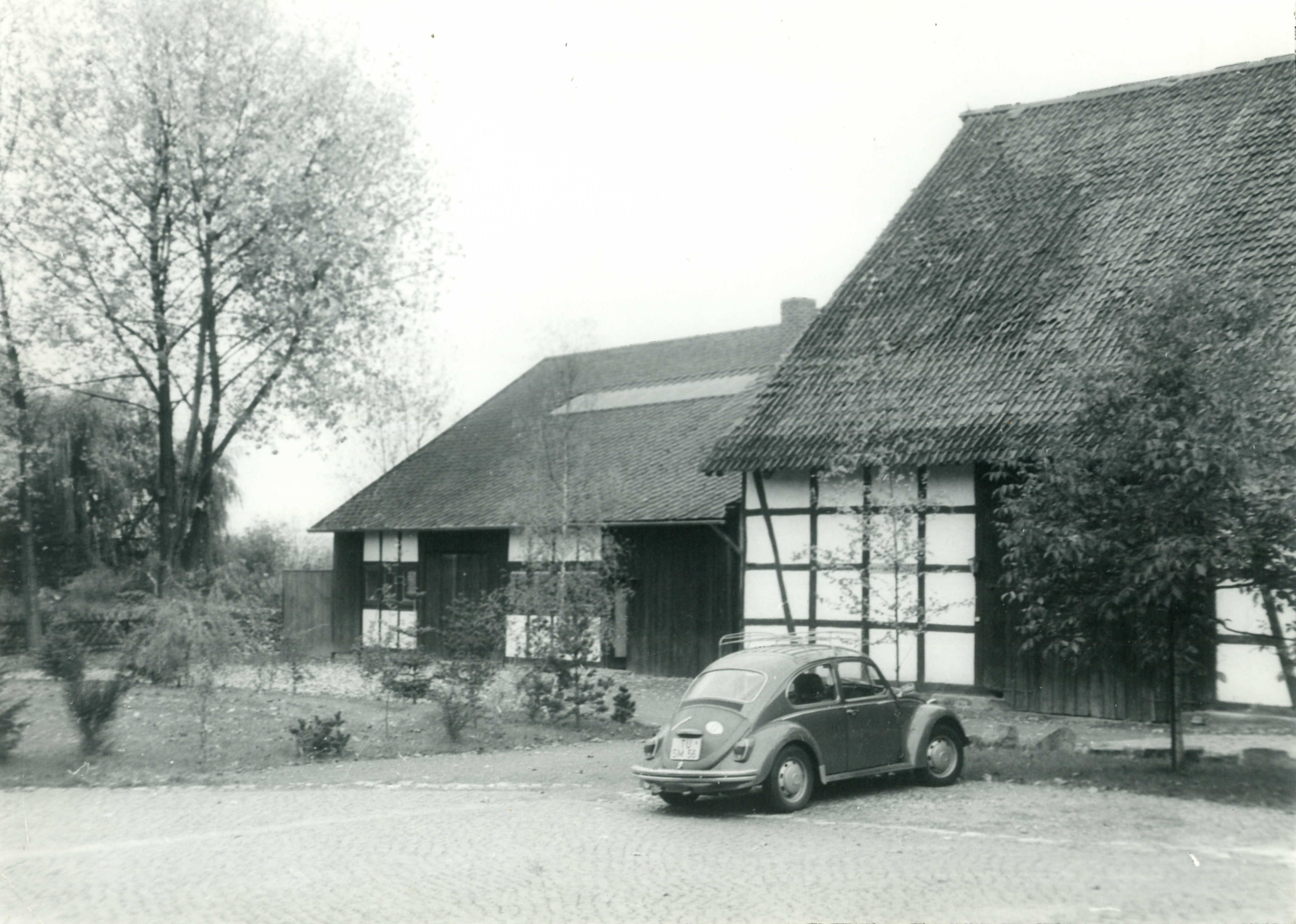R. Janke
| Founded/Born - Closed/Death | 1930 - ??? |
|---|---|
| Still active? | yes |
Rudolf Janke (born December 2, 1930, in Göttingen) is a German organ builder whose workshop was located in Bovenden from 1963 to 2009. He gained recognition for his consistent restoration of historical organs in Northern Germany and for creating notable new builds often inspired by North German Baroque organ models.
Janke began his apprenticeship in organ building in 1948 with Paul Ott, completing his journeyman exam in Hanover in 1952. He attended the master school in Ludwigsburg in 1956 and continued working with Ott until then. He spent a year abroad with Orgelbau Mårtensson in Lund, Sweden. In 1957, he started producing reed stops for other organ builders in Veckerhagen. After passing his master’s exam in Kassel in 1958, he opened his own workshop in Gertenbach, relocating it to Bovenden in 1963, where it remained until October 2009. Since then, Janke operated a home workshop in Bühle (Northeim), performing maintenance and small renovations with a former employee for about ten more years.
Janke was married to Elfriede Zerbin from 1958 to 1979 and later to Helga Luhnen from 1981 until her death in 2019, who also became a partner in the company. In the mid-1980s, during its peak, the company was converted into a GmbH (limited liability company). His son Reiner Janke, also an organ builder and voicer, did not continue the family business.
Janke's work focused on the Baroque and Classical organ building traditions of Northern and Central Germany, using almost exclusively mechanical slider chests. Initially, he continued the principles of Paul Ott, with fully mechanical actions and often neo-Baroque dispositions. From the 1980s, Janke developed his style, moving away from Ott’s characteristic console designs towards ones inspired by Baroque models. Janke organs are known for high-quality materials, excellent craftsmanship, precise actions, and ease of maintenance. Their sound is described with terms like gravity, brilliance, and charm.
Janke's new builds often featured (neo)Baroque designs, occasionally including late Baroque string stops. He also conducted successful restorations of Classical organs. Janke adhered to original wind pressures and used unequal temperaments regularly from the early 1970s. His organs have weighted bellows for steady wind supply.
Janke advocates for a nuanced reevaluation of the organ reform movement, promoting mechanical slider chests and light, mechanically operated actions without octave or electric couplers. He recommends mechanical stop actions, flexible but stable wind supplies, balanced dispositions, and broad-scaled 16- and 8-foot reeds. Janke emphasizes meticulous voicing, using necessary techniques like kernstiche (core marks).
Janke began his apprenticeship in organ building in 1948 with Paul Ott, completing his journeyman exam in Hanover in 1952. He attended the master school in Ludwigsburg in 1956 and continued working with Ott until then. He spent a year abroad with Orgelbau Mårtensson in Lund, Sweden. In 1957, he started producing reed stops for other organ builders in Veckerhagen. After passing his master’s exam in Kassel in 1958, he opened his own workshop in Gertenbach, relocating it to Bovenden in 1963, where it remained until October 2009. Since then, Janke operated a home workshop in Bühle (Northeim), performing maintenance and small renovations with a former employee for about ten more years.
Janke was married to Elfriede Zerbin from 1958 to 1979 and later to Helga Luhnen from 1981 until her death in 2019, who also became a partner in the company. In the mid-1980s, during its peak, the company was converted into a GmbH (limited liability company). His son Reiner Janke, also an organ builder and voicer, did not continue the family business.
Janke's work focused on the Baroque and Classical organ building traditions of Northern and Central Germany, using almost exclusively mechanical slider chests. Initially, he continued the principles of Paul Ott, with fully mechanical actions and often neo-Baroque dispositions. From the 1980s, Janke developed his style, moving away from Ott’s characteristic console designs towards ones inspired by Baroque models. Janke organs are known for high-quality materials, excellent craftsmanship, precise actions, and ease of maintenance. Their sound is described with terms like gravity, brilliance, and charm.
Janke's new builds often featured (neo)Baroque designs, occasionally including late Baroque string stops. He also conducted successful restorations of Classical organs. Janke adhered to original wind pressures and used unequal temperaments regularly from the early 1970s. His organs have weighted bellows for steady wind supply.
Janke advocates for a nuanced reevaluation of the organ reform movement, promoting mechanical slider chests and light, mechanically operated actions without octave or electric couplers. He recommends mechanical stop actions, flexible but stable wind supplies, balanced dispositions, and broad-scaled 16- and 8-foot reeds. Janke emphasizes meticulous voicing, using necessary techniques like kernstiche (core marks).
No YouTube videos available.
Make this Notebook Trusted to load map: File -> Trust Notebook
https://de.wikipedia.org/wiki/Rudolf_Janke
 Pipe Organ Map
Pipe Organ Map
